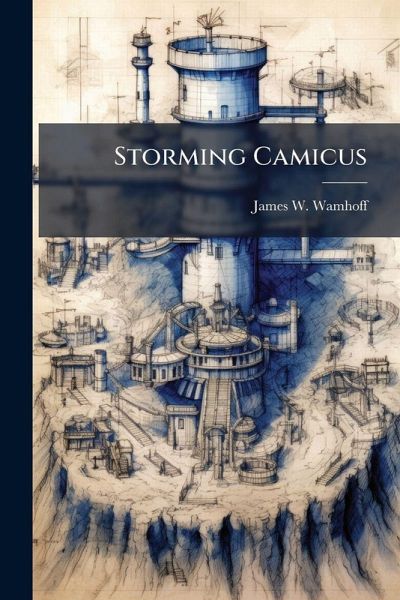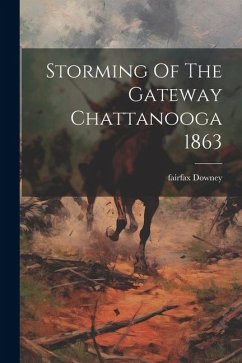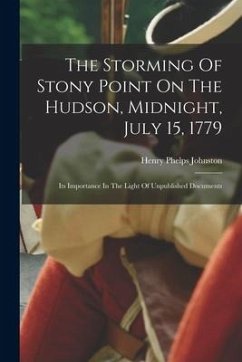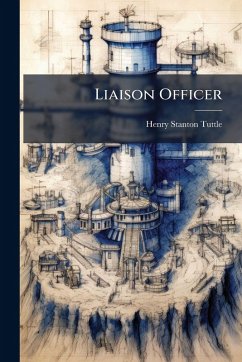
Storming Camicus

PAYBACK Punkte
7 °P sammeln!
The goal of this research was to determine how the U.S. Air Force will defeat an advanced air defense network with a technology level that is 25-30 years in the future. Specifically, it builds on the work of U.S. Air Force Lt Col James R. Brungess. In his 1994 book, Setting the Context: Suppression of Enemy Air Defenses in an Uncertain World, Brungess explored how air defense technology might develop. It was by sharpening the focus on Brungess' hypothesis that the author hoped to achieve the research goal. A panel of experts constructed a pair of forecasts using a Delphi Study. The first forec...
The goal of this research was to determine how the U.S. Air Force will defeat an advanced air defense network with a technology level that is 25-30 years in the future. Specifically, it builds on the work of U.S. Air Force Lt Col James R. Brungess. In his 1994 book, Setting the Context: Suppression of Enemy Air Defenses in an Uncertain World, Brungess explored how air defense technology might develop. It was by sharpening the focus on Brungess' hypothesis that the author hoped to achieve the research goal. A panel of experts constructed a pair of forecasts using a Delphi Study. The first forecast characterized an advanced air defense system in 2030, while the other characterized the military technology available to defeat it. The forecasts were then analyzed using Kem and Strange's critical vulnerability methodology. The resulting concept of operations posited a friendly force that relies on a combination of advanced munitions, network enabled integration and mass to defeat the networked integrated air defense system likely to exist in 2030. The study concluded by encouraging changes to doctrine and procurement. This work has been selected by scholars as being culturally important, and is part of the knowledge base of civilization as we know it. This work was reproduced from the original artifact, and remains as true to the original work as possible. Therefore, you will see the original copyright references, library stamps (as most of these works have been housed in our most important libraries around the world), and other notations in the work. This work is in the public domain in the United States of America, and possibly other nations. Within the United States, you may freely copy and distribute this work, as no entity (individual or corporate) has a copyright on the body of the work. As a reproduction of a historical artifact, this work may contain missing or blurred pages, poor pictures, errant marks, etc. Scholars believe, and we concur, that this work is important enough to be preserved, reproduced, and made generally available to the public. We appreciate your support of the preservation process, and thank you for being an important part of keeping this knowledge alive and relevant.












